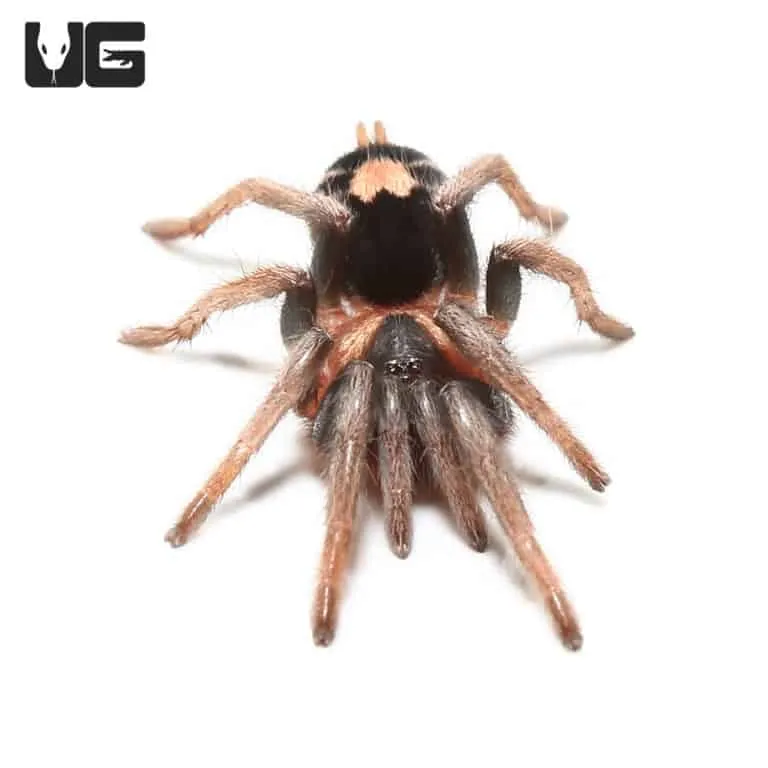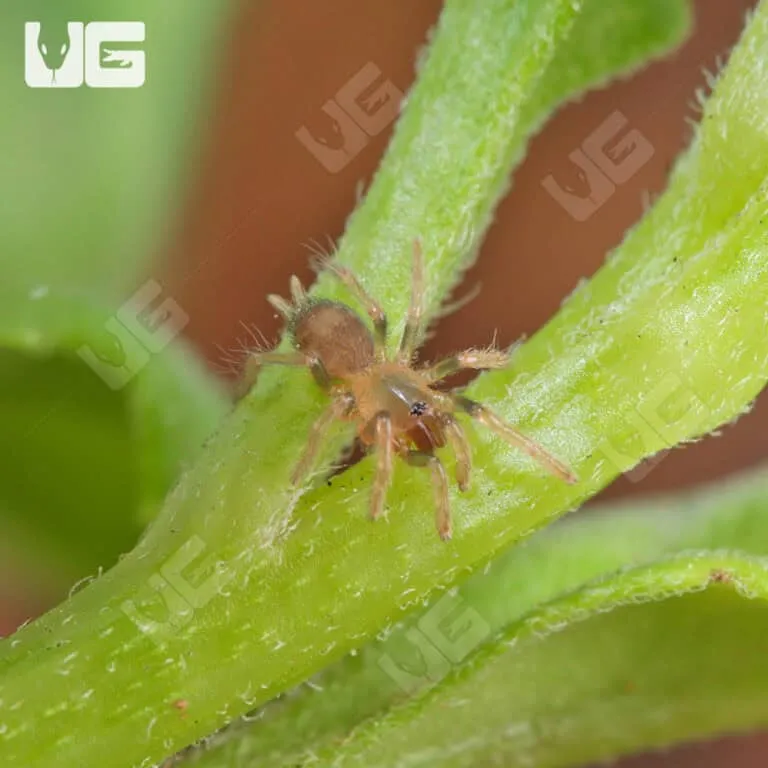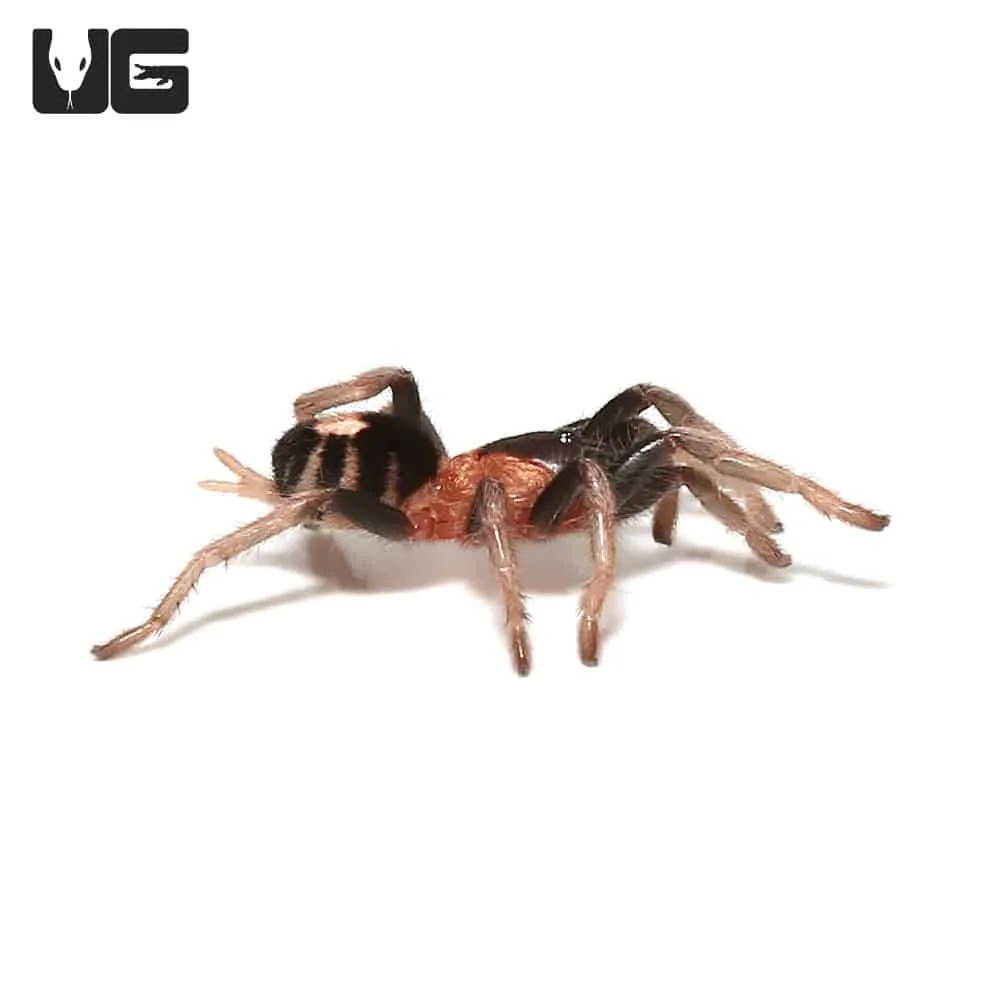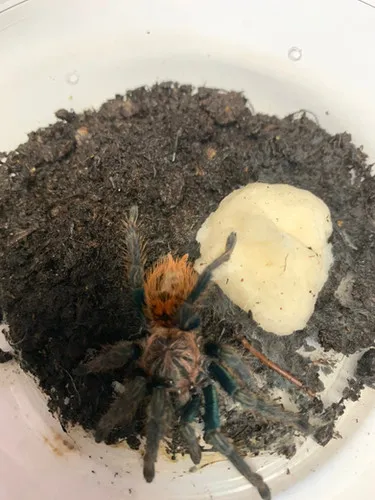What is the Trinidad Dwarf Tarantula
The Trinidad Dwarf Tarantula (Holothele incei) is a captivating species within the tarantula family, known for its relatively small size and striking appearance. Native to Trinidad and Tobago, these arachnids have gained popularity among tarantula enthusiasts due to their manageable size and interesting behaviors. Unlike some of their larger cousins, Trinidad Dwarf Tarantulas offer a unique opportunity to observe tarantula life in a more compact form. Their vibrant coloration and active nature make them an engaging addition to any collection. They are also known for being quite docile, making them relatively easy to handle. This article will delve into understanding their size, care, and characteristics, providing a comprehensive guide for both novice and experienced keepers.
Physical Characteristics
Trinidad Dwarf Tarantulas are instantly recognizable by their compact size and distinct coloration. Adults typically display a brownish or purplish hue on their carapace and legs, often complemented by lighter markings on their abdomen. Their bodies are covered in fine hairs, which contribute to their velvety appearance. The overall impression is one of a miniature tarantula, with all the features of their larger relatives scaled down. The chelicerae, the mouthparts, are robust and capable of delivering a bite, though their small size means the bite is not considered medically significant to humans. Their pedipalps, which are used for sensing and manipulating prey, are also proportionally sized. The spinnerets, located at the rear of the abdomen, are used to produce silk for creating burrows and webbing.
Trinidad Dwarf Tarantula Size and Dimensions

One of the most appealing aspects of the Trinidad Dwarf Tarantula is its small size. This characteristic makes them an excellent choice for those with limited space or those who prefer a less intimidating pet. Adult Trinidad Dwarf Tarantulas typically reach a leg span of approximately 3 to 4 inches. The body length, excluding the legs, is usually between 1 and 1.5 inches. Males are often slightly smaller than females, a common trait among tarantula species. The size of the tarantula is usually measured by the leg span, from the tip of one leg, across the body, to the tip of the opposite leg. This compact size contributes to their appeal, making them a manageable and fascinating species to keep. The Trinidad Dwarf Tarantula’s size makes them a great fit for smaller terrariums, requiring less space and resources compared to larger tarantula species.
Factors Influencing Size
Several factors influence the ultimate size of a Trinidad Dwarf Tarantula. Genetics play a significant role, as some individuals will naturally be larger than others within the same species. Proper nutrition is also crucial; a diet rich in essential nutrients will support healthy growth. Temperature and humidity levels within the enclosure also have an impact, as optimal conditions promote molting and growth. Finally, the overall health of the tarantula will affect its size. Stress, disease, or injury can hinder growth and development. Providing a well-balanced diet and appropriate environmental conditions is essential to ensure the tarantula reaches its full potential. Regular monitoring of the tarantula’s health and behavior can help to identify and address any issues that may affect its size.
Diet and Nutrition impact on size
The diet of a Trinidad Dwarf Tarantula plays a pivotal role in determining its size and overall health. These tarantulas are primarily insectivores, feeding on a variety of insects in the wild and in captivity. A balanced diet is important to ensure proper growth. Crickets, mealworms, and roaches are staple food items, and a varied diet is recommended. The frequency of feeding depends on the tarantula’s age and size, with juveniles requiring more frequent meals. Overfeeding can potentially lead to health issues, while underfeeding can stunt growth. It is crucial to offer appropriately sized prey items to prevent the tarantula from being overwhelmed. Supplementing the diet with vitamins and minerals can further enhance the tarantula’s health and support optimal development. Providing a diet rich in nutrients and appropriate in size can help to the Trinidad Dwarf Tarantula grow into a healthy adult.
Habitat and Environment

Creating a suitable habitat is crucial for the well-being of a Trinidad Dwarf Tarantula. The enclosure should be appropriately sized, allowing ample space for movement and exploration, without being too large, as this can make it difficult for the tarantula to find food. A 5-10 gallon terrarium is generally adequate for an adult. The enclosure should include a substrate, such as coconut fiber, that allows the tarantula to burrow. It is vital to maintain appropriate temperature and humidity levels. A temperature range of 75-80°F (24-27°C) is ideal, with a humidity level of around 60-70%. Providing a water dish with fresh water is also essential. The enclosure should be kept clean, removing any uneaten food and replacing the substrate regularly. A well-maintained environment will help the tarantula to thrive, supporting healthy growth and promoting natural behaviors.
Size comparison with other tarantula species
Compared to other tarantula species, the Trinidad Dwarf Tarantula is relatively small. While many popular pet tarantulas, such as the Chilean Rose Hair or the G. pulchra, can reach leg spans of 5-7 inches or even larger, the Trinidad Dwarf Tarantula typically remains within the 3-4 inch range. This difference in size makes them a good choice for those who prefer a smaller, more manageable pet. The smaller size of the Trinidad Dwarf Tarantula makes them ideal for smaller living spaces. Comparing their size to other species provides valuable context and allows potential owners to make informed decisions based on their preferences and available space. The smaller size also often means that they require less food and produce less waste, making them a more low-maintenance pet option.
Growth Stages and Molting
Like all tarantulas, the Trinidad Dwarf Tarantula grows by molting, a process where they shed their exoskeleton to allow for growth. Juveniles molt more frequently than adults, with molting frequency decreasing as they mature. During molting, the tarantula becomes vulnerable, and it’s important to avoid disturbing it. The molting process can take several hours, and the tarantula will remain hidden during this period. After molting, the tarantula’s new exoskeleton will be soft, and it will take some time for it to harden. The size increase will be noticeable after each molt, indicating the tarantula’s progress. Keeping track of molts can help you monitor your tarantula’s overall health and growth. Providing a secure and stable environment during molting is key for successful growth.
Caring for a Healthy Tarantula

Providing proper care is essential for the health and longevity of a Trinidad Dwarf Tarantula. Regular monitoring of the enclosure’s temperature and humidity is crucial. A balanced diet and clean water are essential for maintaining its overall health. Handling should be kept to a minimum, as tarantulas can be stressed by being handled. When handling is necessary, do so gently and carefully, avoiding sudden movements. Providing enrichment, such as appropriate substrate and hiding places, can also help to ensure the tarantula’s well-being. Regular inspections of the tarantula’s body and behavior can help identify any potential health issues early on. A healthy tarantula will be active, alert, and have a good appetite. By providing proper care, you can ensure your Trinidad Dwarf Tarantula lives a long and healthy life.
Frequently Asked Questions
Here are some frequently asked questions about the Trinidad Dwarf Tarantula size:
What is the average size of a Trinidad Dwarf Tarantula? Adults typically have a leg span of 3-4 inches. What factors influence their size? Genetics, diet, and environmental conditions influence size. How often do they molt? Juveniles molt more frequently than adults. Is their bite dangerous to humans? Their bite is not considered medically significant. How big of an enclosure do they need? A 5-10 gallon terrarium is usually adequate for an adult.
Understanding the size and characteristics of the Trinidad Dwarf Tarantula empowers potential owners with the knowledge to make informed decisions and provide proper care.
